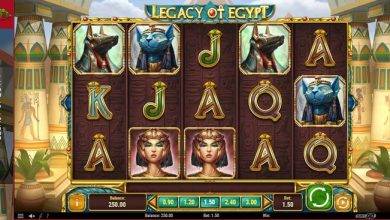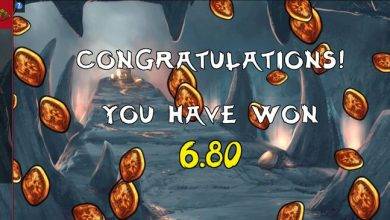33 cryptocurrencies
INFOGRAPHIC CONTENT
The brilliant phenomenon of storing value digitally in the form of a cryptocurrency that is too secure and not dependent on any third party has largely been loved by both the general public and the financial sector. This spectacular shift in the economic scenario is the result of decades of brainstorming, amazing research, especially in mathematics, technology and communications, and bold attempts to disrupt the existing centralized economic order.
Before the advent of cryptocurrency, virtual currency was effectively used to represent fiat currency for purchases, transfers to others, or simply to be held as credit.
It was back in the 1980s when people started experimenting with the idea of digital money. In the Netherlands, American cryptographer David Chaum invented the first form of Internet money, DigiCash, using an improved form of the popular RSA encryption algorithm. The amazing technology attracted tremendous media attention and industry admiration. However, after several crises, the company ceased to exist and went bankrupt in 1998.
PayPal's second wave of web money was an absolute success because it understood user needs and offered a new and reliable peer-to-peer transfer mechanism and a convenient means for merchants to accept payments.
A successful attempt that paralleled PayPal was the e-Gold system, which accepted physical gold deposits from users and issued gold credits to their accounts. But the program was shut down because of Ponzi schemes and other scams.
In 2008, the U.S. witnessed a very deep economic crisis that showed the world the callous behavior of global finance preachers . During this time. a mysterious organization or individual named Satoshi Nakamoto, with the intention of undermining the deplorable status quo prevailing in the banking and financial sector, published an official document in 2009 explaining the concept, technology and source code of the world's first efficient and advanced decentralized digital monetary system, Bitcoin. It was based on modern cryptography and hence became known as cryptocurrency.
The idea of cryptocurrency emerged in 2008 after the Occupy Wall Street movement criticized major banks for abusing depositors' money and defrauding customers. Bitcoin is designed to eliminate interest, taxes, intermediaries and facilitate efficient financial transactions. The founders introduced a decentralized system in which a person can control his or her funds and money.
In the current scenario, it is gaining growing support and acceptance from developers, users and business communities, with the result that many countries such as Japan, Canada and Australia are already regulating or considering regulating bitcoin under their laws and taxation systems. .
The rampant success of Bitcoin and blockchain has led to the existence of many other cryptocurrencies or tokens. There are currently over 1,500 cryptocurrencies (and tokens) traded around the world. Litecoin, monero, Dash, Ripple, Stratis and ZCash are some examples of popular coins.
As an obvious consequence of all this hype, a whole new cryptocurrency trading industry has emerged around the world. Moreover, many blockchain-based applications inherently use cryptocurrency. Numerous crypto exchanges provide easy access to cryptocurrencies that ordinary people can use to explore such blockchain-based applications and other use cases.
The following infographic about 33 cryptocurrencies described in four words or less is developed by our friends at Mrbtc.org, check out the infographic and share your thoughts on it.

( https://mrbtc.org/about-33-cryptocurrencies/ )

Professional casino player with over 10 years of experience, expert in online gambling.
I’ll tell you how to enjoy your time gambling and make money on it. I am sharing the secrets of a successful and safe game, and I am telling you about the tricks of slot machines.



